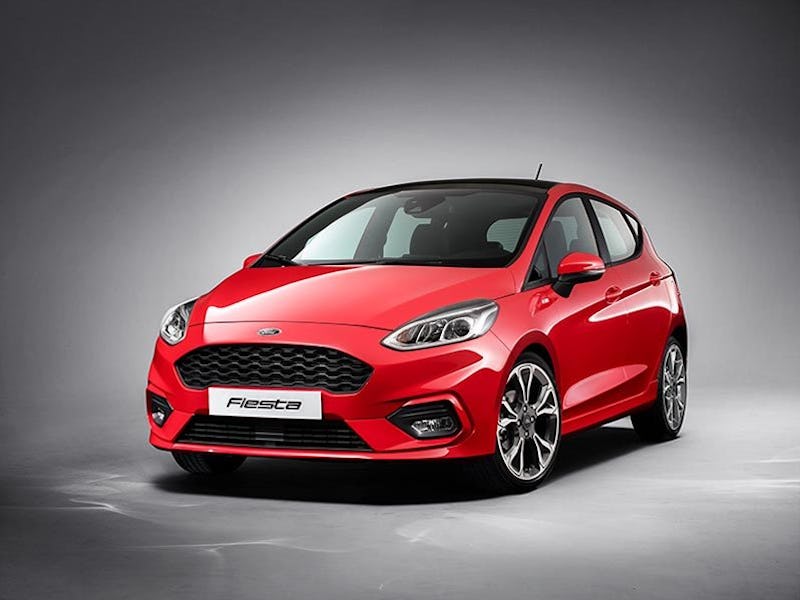
On Thursday, Ford announced an update to the “pedestrian detection” technology it debuted back in October. The automaker now says its windshield-mounted video camera can now also see in the dark.
What’s really interesting, though, is what that camera — which works in conjunction with a radar behind the bumper — does with the video it captures under the cover of darkness. The car’s computer has a library of pedestrian shapes to help it distinguish people from signs or trees the camera sees across the horizon. If the computer identifies a pedestrian shape from the camera and detects a crash is imminent, the car will sound an alarm to the driver. If the brake pedal isn’t depressed, the car will automatically stop on its own.
“We didn’t want it to get confused between a fire hydrant or a person,” Scott Lindstrom, Ford’s driver-assist technologies manager, tells Inverse. He adds later, “Similar to how your phone has a better camera every year, we’re constantly improving our technology. It is an improved camera with more processing power.”
The improved camera now uses the car’s headlights to illuminate the road ahead, giving it enough light to capture images the computer can use, and mash the brake pedal if the situation requires.
Here's how it works (in the daytime).
So how do you test your automatic-braking technology powered by a night-vision camera? You pull all-nighters in Michigan.
“We weren’t sure how dark it gets here in Dearborn at the test track in the middle of the night,” Lindstrom says, before explaining: “We have crash test dummies designed to walk in front of the car, and we drive towards those dummies.” Sounds simple enough.
Less simple was the real-world testing: “We did 150,000 miles in North America and 150,000 in Europe and we’re finishing up our China testing now,” he notes.
This night-vision braking system will make its debut with the 2018 Ford Fiesta later this year in Europe. In America, it will be in the 2018 Ford F-150 and 2018 Mustang.
The 2018 Ford Mustang. It promises to automatically hit the brakes if it's about to hit a pedestrian in its path, even at night.
Lindstrom notes that Ford is the first company offering pedestrian detection braking technology to the “mainstream customer,” which wouldn’t include the stopping tech offered by Tesla.
It’s hard not to think about autonomous driving technology when the topics of radar and camera tech and automatic braking arise, but when asked to look into whatever crystal ball he has, Lindstrom says the future’s already here to a lot of drivers: “People are always surprised that cars in general have this amount of advanced technology.”
He also notes that for as long as cars have drivers, Ford will develop tech to make them better at it.
“We’ll still be selling vehicles to people who need to drive, and they’ll need driver-assist technology as well.”